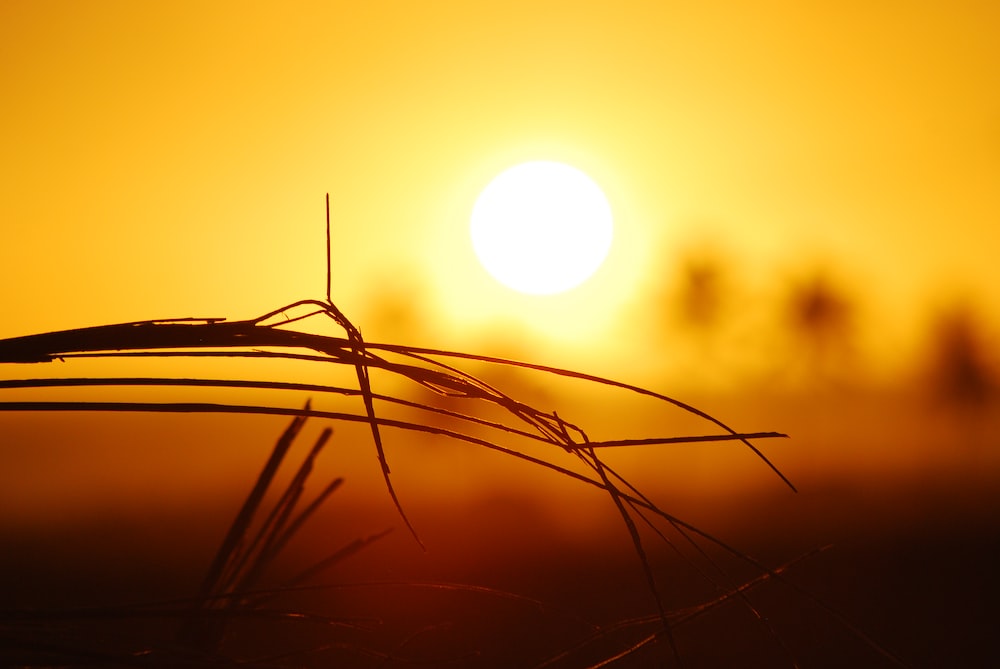Every time you hear the claim that this or that year is the “warmest in a thousand years” (or ten thousand or eleventy bazillion) please remember that we have no thermometer records for most of the world before about 1880, so everything prior to that is based on secondary “proxy” indicators like tree ring widths. So be it, it’s the best we can do and with appropriate honesty, caution and humility well worth pursuing. But the wizards of tree ring reconstructions have not told the public that instead they throw out all the data that doesn’t tell them what they want to see. When they collect tree ring samples in the woods and get them back to the lab, they do what they euphemistically call “pre-screening”. They only keep the ones they deem “reliable”, even if it means discarding most of what they collected. And scandalously, “reliable” doesn’t mean methodologically sound. It means confirming the approved narrative of an upward 20th century trend. It’s like a drug trial that only counts data from people who got better. But 20 years ago Stephen McIntyre of hockey stick-busting fame heard about some Alaskan tree ring data being hidden by a scientist named Gordon Jacoby and tried unsuccessfully to get his hands on it. Jacoby died in 2015 and McIntyre just stumbled on an online archive where Jacoby had quietly posted the secret record instead of prudently deleting it. And it blows the IPCC version of climate history to smithereens.
BTF
Here is the data, in a form called a Ring Width Index (RWI) which, according to the theory, is a measure of temperature.

If ring widths equal temperature there is a rapid warming after AD 1000 that peaks in the early 1100s then drops into a late 14th century cold era, then cycles in and out of cold periods before concluding in the 1970s on a cold note, the 20th century being nothing out of the ordinary.
It’s clearly an inconvenient data series, and the gatekeepers know it. McIntyre’s post recounts the efforts he made to get Jacoby to release the data, and Jacoby’s remarkable rebuffs, including the appallingly and carelessly frank comment that:
“If we get a good climatic story from a chronology, we write a paper using it. That is our funded mission. It does not make sense to expend efforts on marginal or poor data and it is a waste of funding agency and taxpayer dollars. The rejected data are set aside and not archived...A lesser amount of good data is better without a copious amount of poor data stirred in.”
Which would be quite appropriate if by “poor data” he meant rings from a tree that had been struck by lightning or gnawed by porcupines, so that its growth record didn’t reflect general climatic conditions but specific mishaps affecting only that one plant. But he didn’t. He meant any tree ring series that didn’t show 20th century warming. Verdict first, trial afterward and, in his case, not sufficient tact to pretend he wasn’t engaged in flagrant, even brazen cherry-picking.
The problem with this method is obvious to anyone with statistical training who is not in the climate cult. Suppose tree rings don’t actually measure temperature at all and just randomly wander up and down, as for instance a set of coin tosses carried out over centuries and written down would do. Well, if you sample enough trees, or coin toss records, a few will have a 20th century part that slopes up. If you only use those ones and throw out the rest, you can claim they correlate with temperature and voila, you’ve got a “temperature record” of the past that says what you told it to say, and only what you told it to say.
Likewise if you select a part before the 20th century that is all random noise and has no trend, to confirm your preconceptions, you can claim “the data” shows no warming trend until the past 150 years. By doing so you might well enhance your career prospects. But you’ll have proven nothing scientific: by picking a different subset of the data you could just as easily prove it’s colder now than in the past. Which is precisely what Jacoby’s secret Alaskan record shows.
If it’s a valid temperature proxy, that is. It might not be. But as McIntyre shows, on the usual scientific grounds such as core counts (the number of individual trees sampled) and quality of the location, this series is as valid as others that were used. If it is unreliable, so are they. All tree ring proxies are poor data sets and all must be discarded, and we have to work with others that appear to be more reliable even if they lack precision.
Instead the guardians of orthodoxy cut down the trees they don’t like, and claim the remaining set are the whole forest. And since Jacoby’s series contradicted the nice tidy story, it remained buried until now. And without researchers like McIntyre it would never have seen the light of day, though Jacoby gets some sort of backhanded credit for lacking the cunning to delete it instead of posting it somewhere obscure.
The bottom line is that next time you see a hockey stick graph, remember they threw out most of the data because it didn’t confirm their preconceptions and if you ask to see it they won’t show it to you though if you’re very lucky they’ll drop it somewhere and forget they did. Because science.



Great article but I dispute your claim that we had reliable temperature measurement globally in 1880. In fact. World War 2 with the spread of weather stations across the oceans of the world and on land masses which, prior to the war had no need of temperature measurement was the first time we had anything like global weather reporting, Sadly, temperature was not a significant focus of these weather reporting stations but rather atmospheric pressure and whether it was falling or rising thus indicating fair or stormy weather, tidal measurement also expanded greatly during this time for obvious reasons. I also read an article recently that utterly debunks the space = time in tree rings. As it turns out, trees located in cooler climates grow slower during warm periods as they are acclimated to cool weather, this study was done on the Ponderosa Pine in the Rocky Mountains. The climate record and particularly the temperature record was non-existent prior to WW@ and precise temperature measurement did not exist until the global climate warming change goofs tried to use the seriously flawed measurements available prior to 1990 at the earliest. An anecdote for this situation is the thermometer used by meteorologists which was located on a platform directly in front of the hot air exhaust for an air conditioning unit!
"Great article but I dispute your claim that we had reliable temperature measurement globally in 1880."
I see no such claim being made in the article.
There is a hidden bias in tree ring proxies. The long life of a tree is dependent on its roots, root location, root access to water and trace minerals, and negatively to root infection by fungii. I’ll pick 2 trees as analogy to the many trees actually used. Of two trees 100 years old, one might live and one might die simply because one has a root or two in a moister location only a few meters from the other tree. So the tree selected for a tree ring sample is going to be a big tree that lived a long time, maybe was cut down 300 years ago and was a beam in old building until someone decided to analyze it’s rings. The equally big 100 year old tree that grew beside it did not become part of the old building because it died and rotted away.
Now fast forward to the modern scientist. He compares the old tree rings he is sampling to modern tree rings. Only he doesn’t realize that of the 2 modern trees, both still are well nourished by their root system and both are available for his ring thickness measurements because one hasn’t been eliminated by later lifetime vagaries of root location yet.
The modern living trees are going to thus have a bias towards showing that we now have “more” thicker tree rings…..Thus more global warming over recent tree lifetimes unless corrected for such sample bias, which is never done because they have so few very old samples to start with.
A dendrochronologist will say that the old sample will be biased towards the old tree being healthier than the modern trees sampled, so they “correct” for this aspect. You have to think about that. Doesn’t that just mean they can apply whatever bias they themselves prefer ?
Well John, you love Heller and his expose of the Fraud as he calls it and you DENY that a certain group is behind it. What sort of name is Jacob.y. You also say that the fraudsters are actually well meaning but misguided.
There’s too many contradictions there.
For me the fact that a scientist who made his living towing the Climate Scare line tried to hide data that didn't favor that view is enough to show
clear bias.Good on McIntyre for finding this smoking gun to show more proof of climate fraud.
As one of the above articles stated availability of moisture affects tree ring growth and as well affects plant growth. Ask any farmer or gardener.
CDN; great article, I've told people about tree ring techniques and how some of the studies done back in the 70's can up with a different story compared to today's. I also find it disappointing that a few who have already took somethings out of context or even misquoted you. LikeThomas Farley and G. Spender. You never said there were 'reliable temperature readings from 1880', just that 'there were no temperature records until 1880". So clearly they didn't read your article accurately.
And you are right, people have a tendency to 'cherry pick' data when they have an agenda or preconceived notions. Keep it up, as always.
Thomas: you misquoted CDN. They never said:
There are reliable temperature records from 1880. They said: we have no thermometer records for most of the world before about 1880.
So you opening statement is in error or misleading.
Intersting. Just few small questions. How many samples, how well spread are the samples, and is there a full coverage for the world so you can fully state that your statement is valid?
so - has anyone recently resampled and reevaluated Mann's work - Like go back to the same locations get new samples and retest?
Allegedly Mann dismissed the last 16 years of his data (over wrote with thermometer data) because it was too fresh .. well that was the mid 1980's ..
So going back and redoing should be able to get a clearer picture using the same proxies now that they have sufficiently aged.
toeing!
I always thought tree ring width was related to rainfall. Temperature seems secondary or at least a compounding factor. How to separate the two?
Has anyone done tree ring width studies comparing width with known local temperatures and rainfall since we started keeping both sets of data?